#TANZANIA
Explore tagged Tumblr posts
Text
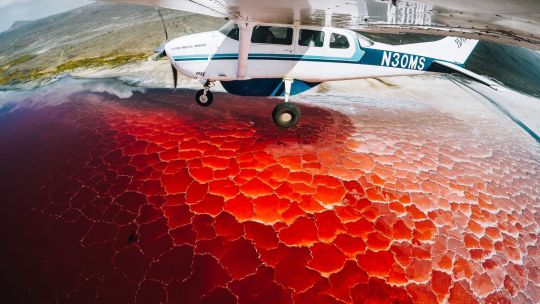



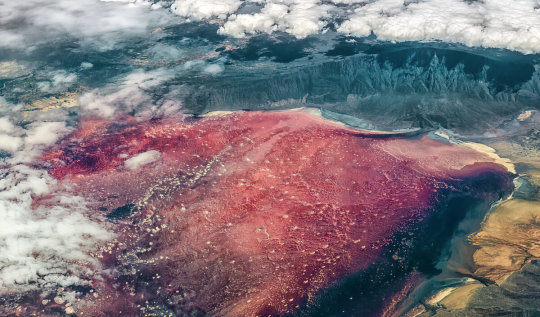




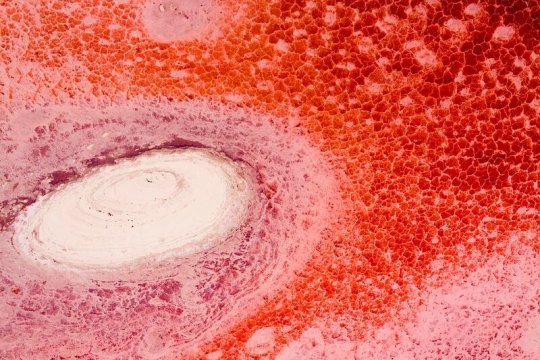
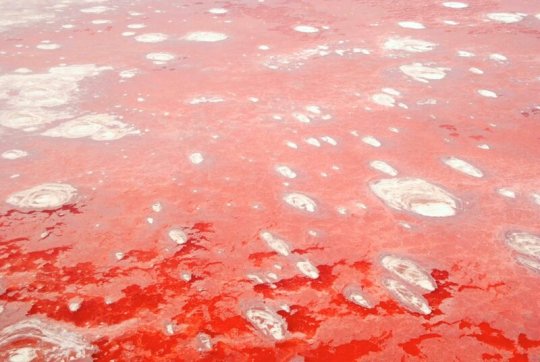

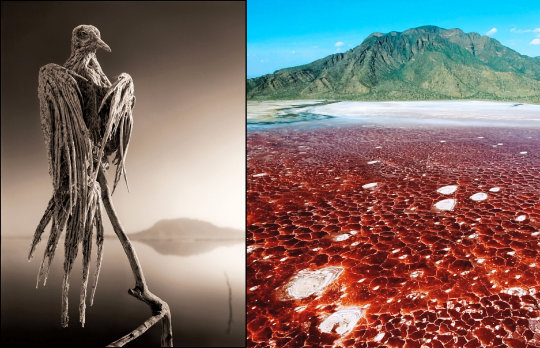





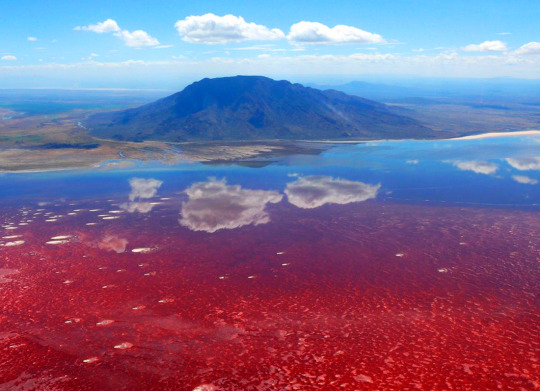

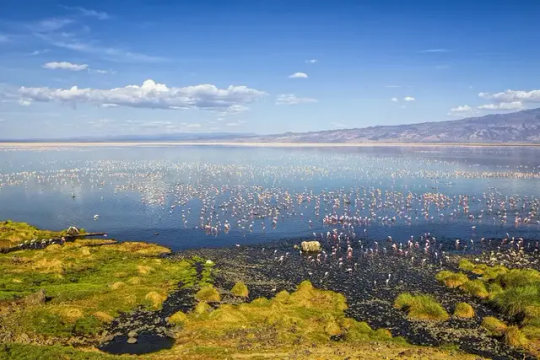
Озеро Натрон, превращающее животных в застывшие изваяния.
Озеро Натрон находится на севере Танзании, на границе с Кенией, недалеко от Национального парка Серенгети и заповедника Нгоронгоро. Озеро Натрон занимает площадь 56 км (35 миль) в длину и 24 км (15 миль) в ширину, но уровень воды меняется из-за испарения.
Вода из озера Натрон в Танзании буквально разъедает кожу, как только вы к ней прикоснетесь. Если хоть немного искупаться здесь - то кожа покроется волдырями и ожогами. Красивая корочка состоит из чрезвычайно агрессивного щелочного минерала с pH почти 12! Это почти в два раза выше здорового показателя для человека. И выше уровня аммиака, у которого pH всего 11. Мелкие животные, которые ненароком спускаются к воде, редко выживают даже после небольшого контакта с водой. Дождь, который идет в этих местах, называют призрачным. Потому что большая его част�� испаряется, не долетев до поверхности.
Из озера Натрон вода не вытекает. В нее впадает одна река, а большую часть воды оно получает из родников и мелких ручейков. Однако вода просачивается через вулканическое вещество, где и обогащается щелочью. Озеро Натрон содержит очень много соли, соды и магнезита. Поверхность озера покрыта тонкой коркой соли. Вода здесь не всегда такая красная. Окрашивается она из-за деятельности микроорганизмов, которые прекрасно себя чувствуют в этой очень соленой воде. Явление это не постоянное. Происходит только когда вода испаряется и озеро становится максимально насыщенным щелочной солью - любимой средой здешних микроорганизмов.
У озера есть пресная и соленая части. Но будущая плотина может уничтожить соленую часть озера Здесь размножаются бактерии - им такой состав нипочем. Главная причина гибели здешних животных - именно бактерии, которые попадают в организм вместе с водой. Единственный представитель местной фауны, кто не боится этих бактерий - фламинго. Для фламинго это идеальное место. Они питаются местными водорослями, а "красная вода" является барьером для хищников. Поэтому на фламинго здесь почти никто не охотится.
Здесь умудряются выживать даже рыбы - к этой воде приспособилось два вида тиляпий. Вода в озере очень горячая - температура иногда поднимается до 50 ° C. Всему виной горячие источники. Однако у этого уникального природного объекта есть все шансы исчезнуть с лица земли. Власти здесь планируют построить гидроэлектростанцию и плотину. Соленая часть озера может исчезнуть, так как ее зальет пресной водой. Соленую воду же хотят использовать для добычи карбонат калия и перерабатывать ее в стиральный порошок. Опасность эти инициативы представляют для малых фламинго. Оказывается, 75% этих птиц появляются на свет именно на берегах этого озера.
Lake Natron, which turns animals into frozen sculptures.
Lake Natron is located in northern Tanzania, on the border with Kenya, near the Serengeti National Park and the Ngorongoro Conservation Area. Lake Natron is 56 km (35 mi) long and 24 km (15 mi) wide, but the water level changes due to evaporation.
The water from Lake Natron in Tanzania literally corrodes the skin as soon as you touch it. If you swim here even a little, your skin will be covered in blisters and burns. The beautiful crust consists of an extremely aggressive alkaline mineral with a pH of almost 12! This is almost twice as high as the healthy level for humans. And higher than the level of ammonia, which has a pH of only 11. Small animals that inadvertently go down to the water rarely survive even a short contact with the water. The rain that falls in these places is called ghost rain. Because most of it evaporates before it reaches the surface.
There is no water flowing out of Lake Natron. One river flows into it, and it gets most of its water from springs and small streams. However, the water seeps through volcanic matter, where it is enriched with alkali. Lake Natron contains a lot of salt, soda and magnesite. The surface of the lake is covered with a thin crust of salt. The water here is not always so red. It is colored due to the activity of microorganisms that feel great in this very salty water. This phenomenon is not constant. It only occurs when the water evaporates and the lake becomes maximally saturated with alkaline salt - the favorite environment of local microorganisms.
The lake has a fresh and salty part. But the future dam can destroy the salty part of the lake. Bacteria multiply here - they do not care about such a composition. The main reason for the death of local animals is the bacteria that enter the body along with the water. The only representative of the local fauna that is not afraid of these bacteria is the flamingo. This is an ideal place for flamingos. They feed on local algae, and the "red water" is a barrier for predators. Therefore, almost no one hunts flamingos here. Even fish manage to survive here - two species of tilapia have adapted to this water. The water in the lake is very hot - the temperature sometimes rises to 50 ° C. Hot springs are to blame. However, this unique natural object has every chance of disappearing from the face of the earth. The authorities are planning to build a hydroelectric power station and a dam here. The salty part of the lake may disappear, as it will be flooded with fresh water. They want to use the salt water to extract potassium carbonate and process it into washing powder. These initiatives pose a danger to lesser flamingos. It turns out that 75% of these birds are born on the shores of this lake.
Источник://t.me/places_on_earth, //www.travel.ru/wow/natron.html, /kulturologia.ru/blogs/231022/54558/, //www.kiwoitoafricasafaris. com/ru/Танзания-направления/озеро-Натрон/, /mail.kz/ru/ news/interesting/-faktov-ob-ochen-opasnom-ozere-natron-v-tanzanii, /dzen.ru/a/ ZEKreWvVMkhyndD7, /winter-borealis. livejournal.com/103782.html.
#Tanzania#nature#nature aesthetic#landscape photography#lake#Natron#red water#fossilized skeletons#salt#alkali#flamingo#sky#clouds#naturelovers#nature video#Танзания#озеро#Натрон#природа#Пейзаж#красная вода#соль#щелочь#окаменевшие скелеты#небо#облака#фламинго#природнаякрасота#видео
118 notes
·
View notes
Text
"For most people, a rat is at best an unwelcome guest, and at worst, the target of immediate extermination. But in a field clinic in Tanzania, rats are colleagues—heroes even.
Far from a trash bin-dwelling NYC street rat, the African giant pouched rat is docile, intelligent, easier to train than some dogs, and for East Africans, the performer of lifesaving tuberculosis diagnoses every day.
400,000 new cases of tuberculosis (TB) were estimated to have been prevented by these rats, whose sense of smell would make a bloodhound take notice. As [TB is] the number-one killer among infectious diseases worldwide, many of those 400,000 can be translated into lives saved.
“Not only are we saving people’s lives, but we’re also changing these perspectives and raising awareness and appreciation for something as lowly as a rat,” said Cindy Fast, a behavioral neuroscientist who coaches the rodents for the nonprofit APOPO.
“Because our rats are our colleagues, and we really do see them as heroes.”
APOPO uses giant pouched rats to sniff out traces of TB in the saliva of patients. In parts of Tanzania, a saliva smear test under a microscope by a human may only be 20-40% effective at detecting TB.
By contrast, a giant pouched rat like Ms. Carolina, a now-retired service rat who worked for APOPO for 7 years, raised the rates of detection on TB samples by 40% in the clinic where she worked.

Pictured: An APOPO employee with one of their trained rats
It would take 4 days for scientists to analyze the number of samples that Carolina could screen in 20 minutes. For that reason, when Carolina retired last November, a party was thrown at the clinic in her honor, and she was given a cake.
TB is sometimes thought of as a thing of the past—a disease for which doctors used to prescribe “dry air,” leading a modern sense of humor to muse at the antiquated, pre-antibiotic medical advice.
But it remains the number-one cause of death globally from a single infectious pathogen, and Tefera Agizew, a physician and APOPO’s head of tuberculosis, told National Geographic that once people see what the nonprofit’s rodents can do to slow the spread, they “fall in love with them.”
3,000 times in her career did Carolina detect one of the six volatile compounds that can be used to identify Mycobacterium tuberculosis, and she got a hero’s send-off to a special compound to live out the rest of her days with her closet friend and sniffer colleague Gilbert, in a shaded enclosure dubbed “Rat Florida.”
“We’ve made special little rat-friendly carrot cakes with little peanuts and things on it that the rat would enjoy,” Fast said. “Then we all stand around and we clap, and we give three cheers, hip hip hooray for the hero, and celebrate together. It’s really a touching moment.”
APOPO has made headlines for its use of these rats in other lifesaving tasks as well: landmine clearance.
One of the world’s great underreported scourges (a lot like TB, coincidentally) is landmine contamination. There are 110 million landmines or unexploded bombs in the ground right now in about 67 countries, covering thousands of square miles in potential danger. Thousands of civilians are killed or injured by these weapons every year.
GNN reported on APOPO’s demining efforts using pouched rats back in 2020. One rat named Magawa alone identified 39 landmines and 28 items of unexploded ordnance across an area the size of 20 football fields.
If at the start of this story you didn’t like rats, maybe Magawa and Carolina will have changed your mind."
-via Good News Network, March 31, 2025
#rats#rodents#hero rats#african pouched rat#tanzania#africa#east africa#landmine#tuberculosis#tb#public health#infectious diseases#good news#hope#listen guys I love rats SO MUCH so this is my fav news story in a while#rats are beautiful and brilliant and deserve the world#idc what you think#also this particular species of rat lives like 7-10 years which is a HUGE improvement on the 1-3 typical pet rats live#so although I almost certainly would never actually have done it#I am very sad to learn that it is illegal to bring them into the US#killing my dreams#anyway rats make great pets thanks for listening to me ramble#lore drop: I love rats
2K notes
·
View notes
Text


Children enjoy a carefree swim in Zanzibar, Tanzania
1K notes
·
View notes
Text


Malcolm X photographed by Mohamed Amin in Dar Es Salaam, 1964.
999 notes
·
View notes
Text

Flashy Rainbow "meteor shower" Feldspar (sunstone) from, Tanzania. Photo: GoldenHourMinerals
615 notes
·
View notes
Text

Turu woman, Tanzania, by Lluis Font
#turu#tanzania#africa#eastern africa#folk clothing#traditional clothing#traditional fashion#cultural clothing
606 notes
·
View notes
Text
Several countries commemorated Al Quds Day, an international day to express support for Palestine and oppose the Israeli occupation.















#yemen#jerusalem#palestine#free palestine#gaza#free gaza#news on gaza#palestine news#news update#war on gaza#al quds day#iran#tunisia#india#tanzania#bahrain#jordan#syria#indonesia#malaysia#shut it down for palestine#long post
1K notes
·
View notes
Text
Dandelion News - April 1-7
Like these weekly compilations? Tip me at $kaybarr1735 or check out my Dandelion Doodles! Last month’s Doodles are free to the public, so go take a look :D
1. Galapagos tortoises at Philadelphia Zoo become first-time parents at nearly 100

“Mommy, the female tortoise, is considered one of the most genetically valuable Galapagos tortoises in the Association of Zoos and Aquariums’ species survival plan. [… T]he zoo said it is “overjoyed” at the arrivals of the four hatchlings, a first in its more than 150-year history.”
2. Massachusetts home-electrification pilot could offer a national model

“In total, the program is providing free or heavily subsidized solar panels and heat pumps to 55 participating households, 12 of which also received batteries at no cost. […] It’s a strategy that program planners hope can help address the disproportionate energy burden felt by lower-income residents of the region[….]”
3. National Park Rangers rebel against queer erasure on Trans Day of Visibility

“[… A] group of over 1,000 off-duty, fired, and retired National Park Service employees launched Rangers Uncensored, an online archive that restores and amplifies LGBTQ+ stories quietly scrubbed from government websites since President Donald Trump’s second inauguration.”
4. World's largest wildlife crossing reaches critical milestone

“Over the next few days they'll be adding 6,000 cubic yards of specially manufactured soil to cover the crossing, a mix of sand, silt and clay inoculated with a bit of compost and hyperlocal mycorrhizal fungi, carefully designed and tested to mimic the biological makeup of native soils around the site.“
5. Bipartisan bill to boost green building materials glides through House

“[B]ipartisan legislation the House of Representatives passed in a 350-73 vote last week would give the Department of Energy a clear mandate to develop a full program to research, develop, and deploy clean versions of the building materials.”
6. Tribal Wildlife Grants Funding Announced
“Tribal Wildlife Grants are intended to help Tribes develop programs for the conservation of habitat and species of traditional or cultural importance[….] Typically funded projects include: conservation planning, fish and wildlife management and research, habitat mapping and restoration, inventory and monitoring, and habitat preservation. […] A total of $6.1 million is available for this round of funding[….]”
7. Germany adds another one million PV arrays to take solar total to 104 gigawatts

“Following a rapid rise in household solar panel installations, Germany’s total number of PV arrays has passed the five million “milestone[.…]” Solar systems already cover almost 15 percent of Germany’s electricity demand, BSW-Solar said. […] The total capacity of all PV systems installed in Germany surpassed 100 GW at the start of the year.”
8. Stronger together: Bilby conservation efforts enhanced by Indigenous knowledge

“Ms. Geyle said the results showed combining [conventional science and traditional tracking methods] more accurately estimated bilby abundance than using either technique individually[….] "[… ensuring] that Indigenous people remain central to decision-making about their lands and species that inhabit them," Ms. Geyle said.”
9. Lennar will build 1,500new Colorado homes with geothermal heat pumps

“The homebuilder is partnering with Dandelion Energy to install the tech, which is efficient but expensive — unless it’s built into new homes from the start. […] And by eliminating the need for new gas pipelines and reducing the peak electricity demands on the power grid, subdivisions built on this model could save a bundle on utilities as well[….]”
10. New strategy launched to protect Tanzanian biodiversity hotspot

“Conservationists have launched a 20-year-long project to protect what is arguably Tanzania’s most biologically rich landscape: the Udzungwa Mountains. The strategy places notable emphasis on communities living here, with more than half of its budget allocated to social and economic projects and managing human-wildlife conflict.”
March 22-28 news here | (all credit for images and written material can be found at the source linked; I don’t claim credit for anything but curating.)
#hopepunk#good news#nature#philadelphia#zoo#galapagos#tortoise#solar panels#clean energy#national park service#lgbt+#lgbt#lgbtq#park ranger#wildlife#us politics#ecology#green infrastructure#indigenous#habitat restoration#germany#solar energy#solar power#australia#geothermal#heat pump#energy efficiency#biodiversity#tanzania#animals
253 notes
·
View notes
Text

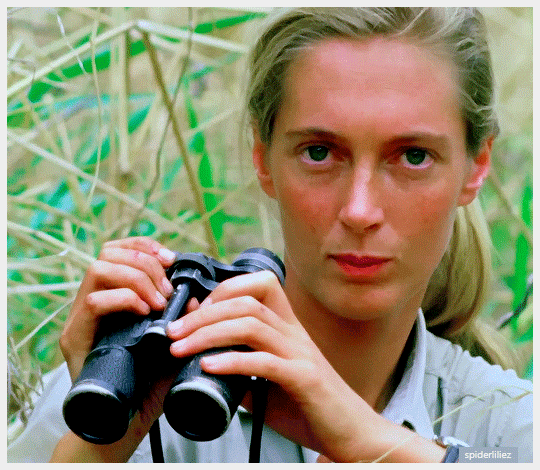



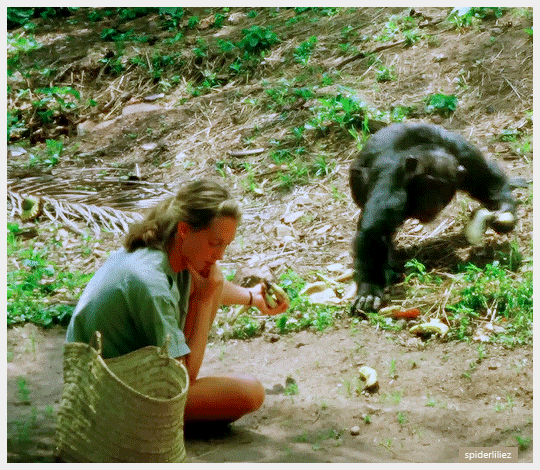
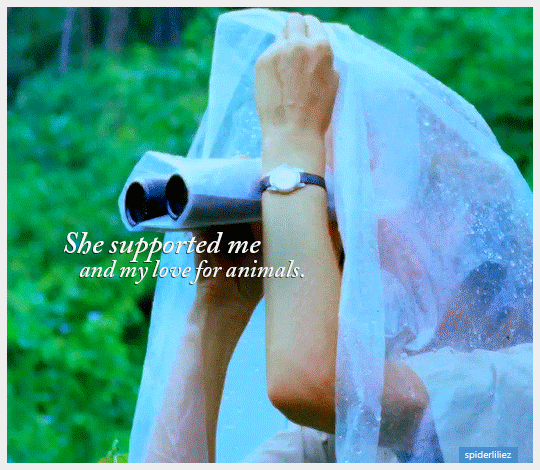
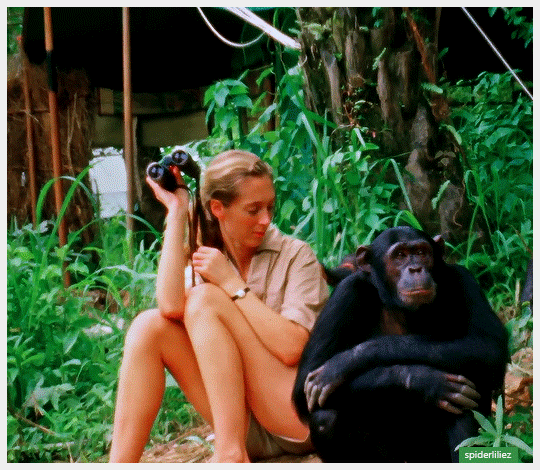


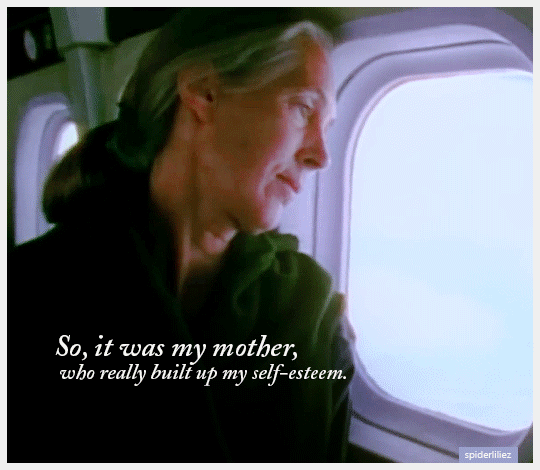
JANE GOODALL : AN INSIDE LOOK An intimate portrait of Dr. Goodall and her pioneering work The documentary draws from an extensive collection of unseen footage, totaling more than 100 hours, capturing Jane Goodall’s work in Gombe during the 1960s, meticulously filmed by Hugo van Lawick. Thought to have been lost, this invaluable footage resurfaced in 2014, providing a glimpse into Dr. Goodall’s groundbreaking research and the natural world she dedicated her life to studying.
[+] JANE (2017) 🌿
#HAPPY MOTHER'S DAY#MOTHER'S DAY#DAME JANE GOODALL IS MY HERO 💖#Jane Goodall#Dame Jane Goodall#Jane#An Inside Look#National Geographic#Gombe#Tanzania#Africa#Jane Goodall Institute#Roots & Shoots#Quotes
718 notes
·
View notes
Text
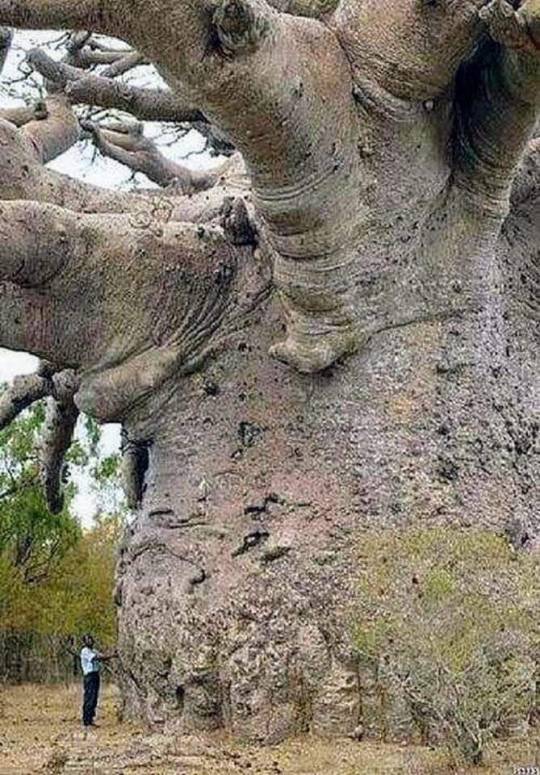
The oldest tree in the world is 6000 years old in TANZANIA
2K notes
·
View notes
Text

Tanzania sunset
#tanzania#sunset#beautiful sunsets#landscape photography#original photographers#ishootsometimes#vvrong
98 notes
·
View notes
Text
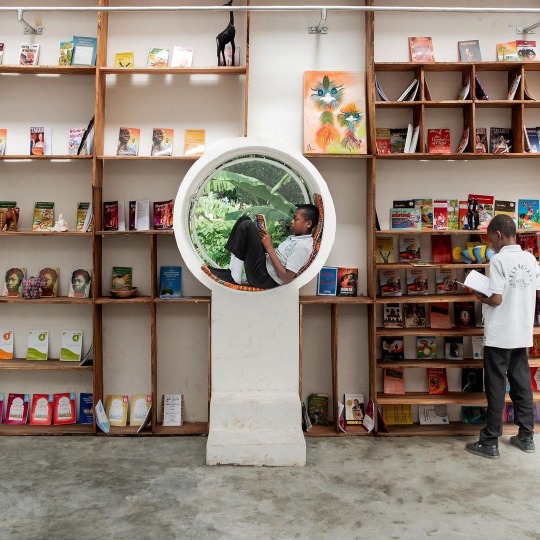

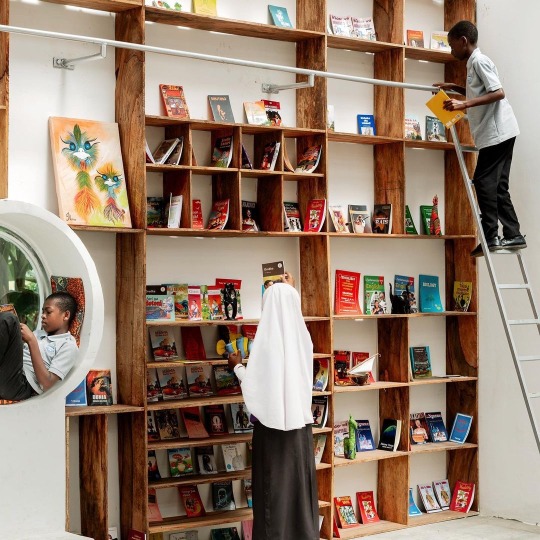
Mariam's Library in Tanzania, Zanzibar by Nassor Othman
#Tanzania#Zanzibar#Africa#African architecture#architecture#Mariam’s Library#Nassor Othman#Parallel Studio
4K notes
·
View notes
Text

A spectacular dravite 'Tourmaline' floater from Tanzania that has the most exciting green color! 🔥💚
Photo: Saphira Minerals
464 notes
·
View notes
Text

Haya woman, Tanzania, by happiness-stephen
#haya#tanzania#africa#eastern africa#folk clothing#traditional clothing#traditional fashion#cultural clothing
469 notes
·
View notes
